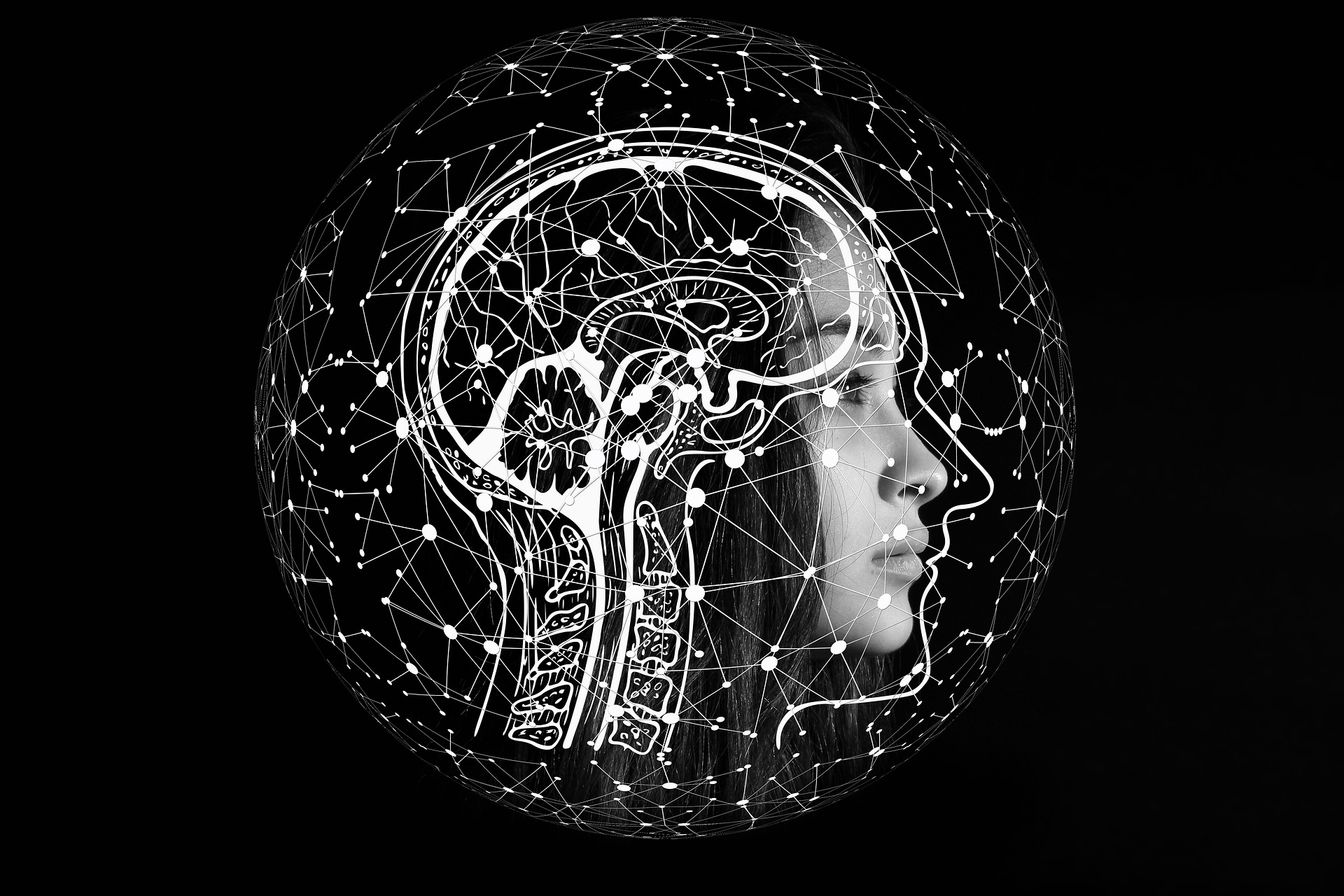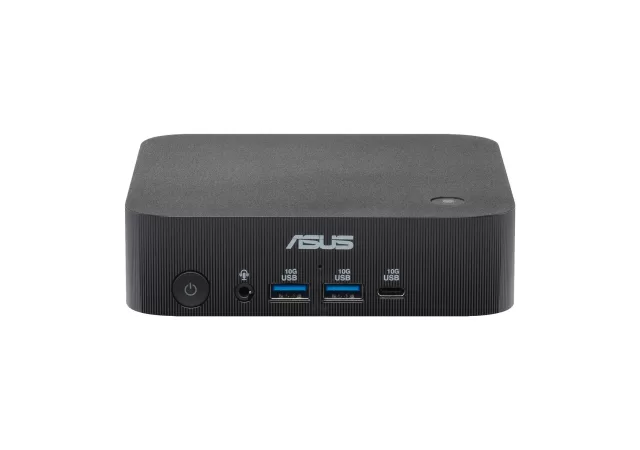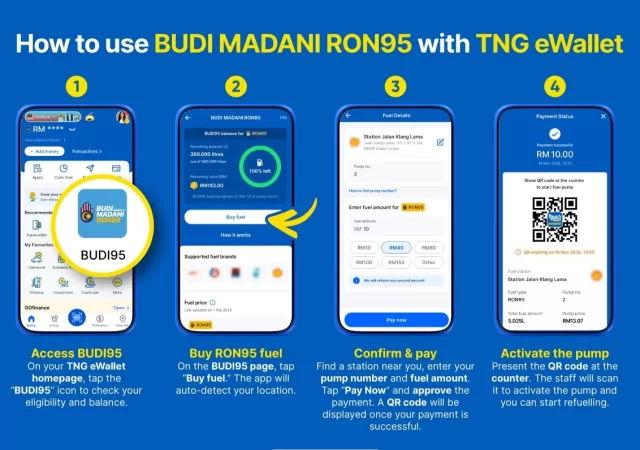The COVID-19 Pandemic doesn’t seem to be going away anytime soon. The virus continues to spread drastically and have a devastating effect in areas where outbreaks have occurred. However, since the early days of the pandemic, there have been reports of asymptomatic carriers; these carriers are able to spread the virus without showing any outwardly recognisable signs of infection. This also makes them one of the largest unsolved problems of the current COVID-19 pandemic. This group of individuals are less likely to seek testing and, in turn, be diagnosed and treated.
However, that’s about to change. A group of researchers at the Massachusetts Institute of Technology (MIT) have developed an AI model that has been able to accurately identify asymptomatic carriers based on the way they cough. The AI model has been able to accurately discern and identify 98.5% of coughs from confirmed COVID-19 patients and 100% of asymptomatic carriers.
Using A.I. to Identify Unique Markers in Coughs
The team at MIT, consisting of Jodi Laguarta, Ferran Hueto, and Brian Subirana, developed the mode on a neural network called ResNet50. ResNet50 is a type of neural network that is able to discern and identify differences and similarities in data. Until now, ResNet50 was used primarily in visual discernment. However, the team at MIT has applied it in identifying markers when people cough.

Their model was initially developed to help detect early signs of Alzheimer’s which can present in the way people cough. This include the person’s emotional state, changes in lung and respiratory performance and vocal chord strength. These are known markers for someone who could be experiencing early onset Alzheimer’s.
Using the three criteria, three independent machine learning algorithms were train and then layered on each other. The team also included an algorithm for muscular degeneration on top of the model. In tandem, these machine learning layers made it possible for the team to detect and identify samples from Alzheimer’s patients.
Detecting the Indiscernible
In April, the team looked into applying the AI model to help identify COVID-19 patients. To do this, they established a website where people could record a series of coughs with their mobile phone or any other web enabled device. In addition to their submissions, participants had to fill up a survey of their symptoms, COVID-19 status, and if their method of diagnosis. Other factors such as their native language, geographical location and gender were also collected. They have, to date, collected over 70,000 recordings which amounts to about 200,000 forced cough samples. This is the largest known cough dataset that has been collected so far according to Brian Subirana.

The model proves a long known fact that COVID-19 does in fact affect respiratory function. However, it also draws similarities between the presentation of temporary respiratory degeneration to the neurodegeneration present in Alzheimer’s patients. That said, it also shows that there are sub-clinical presentations of the disease in asymptomatic individuals. The AI algorithm is able to detect and identify individuals with these presentations, providing a much needed boost to potential diagnoses of these individuals.
More significantly, the team has developed a method in which pre-screening can be done to help curb the spread of COVID-19. What’s more, their research could be the foundation of future diagnosis when it comes to sub-clinical presentations of diseases. That said, Brian Subirana highlights that the strengths of the tool lies in its ability to differentiate coughs from asymptomatic carriers from healthy individuals. He also stresses that it is not meant to be used as a definitive test for COVID-19.






